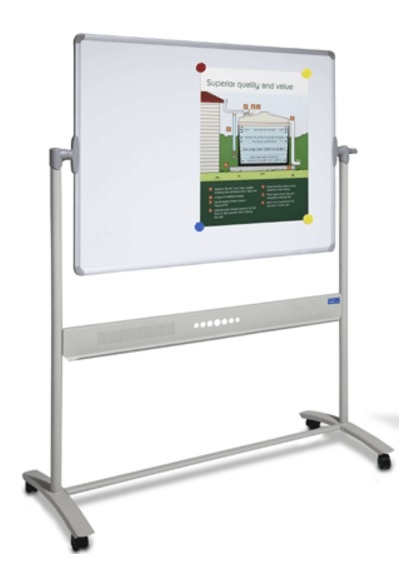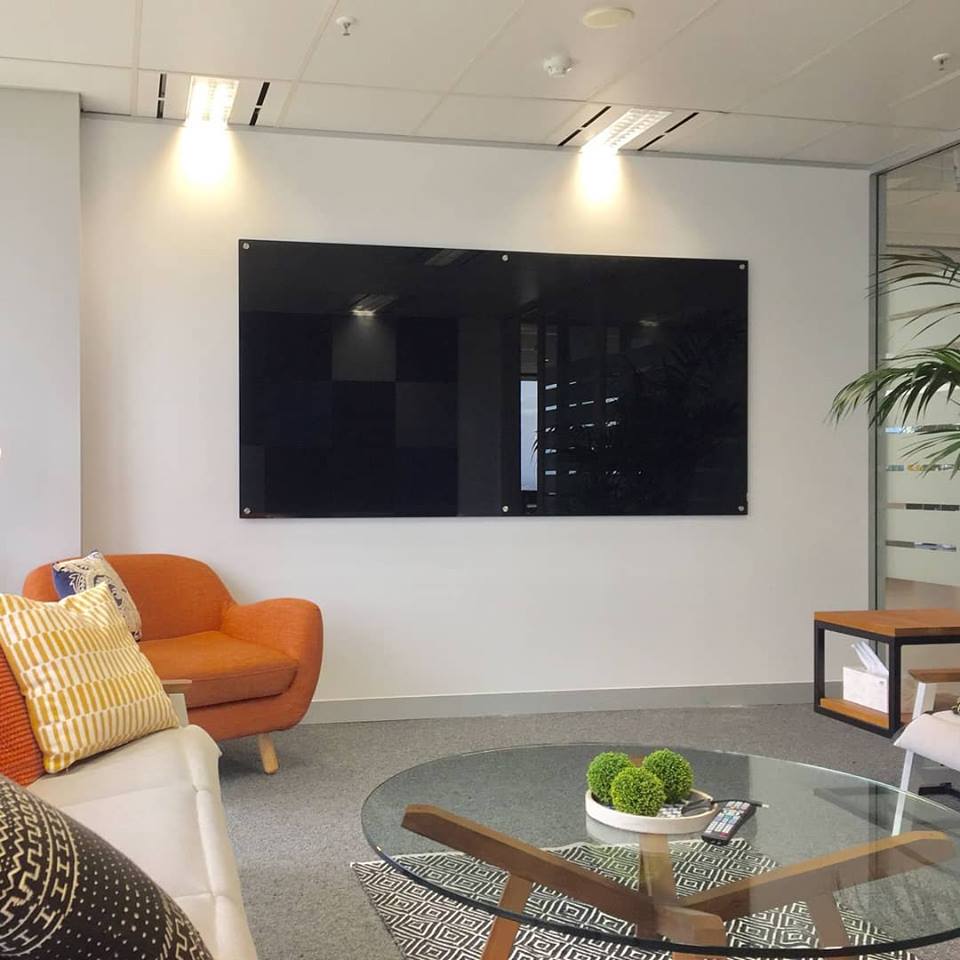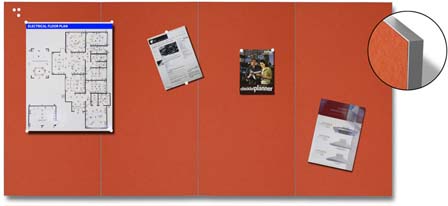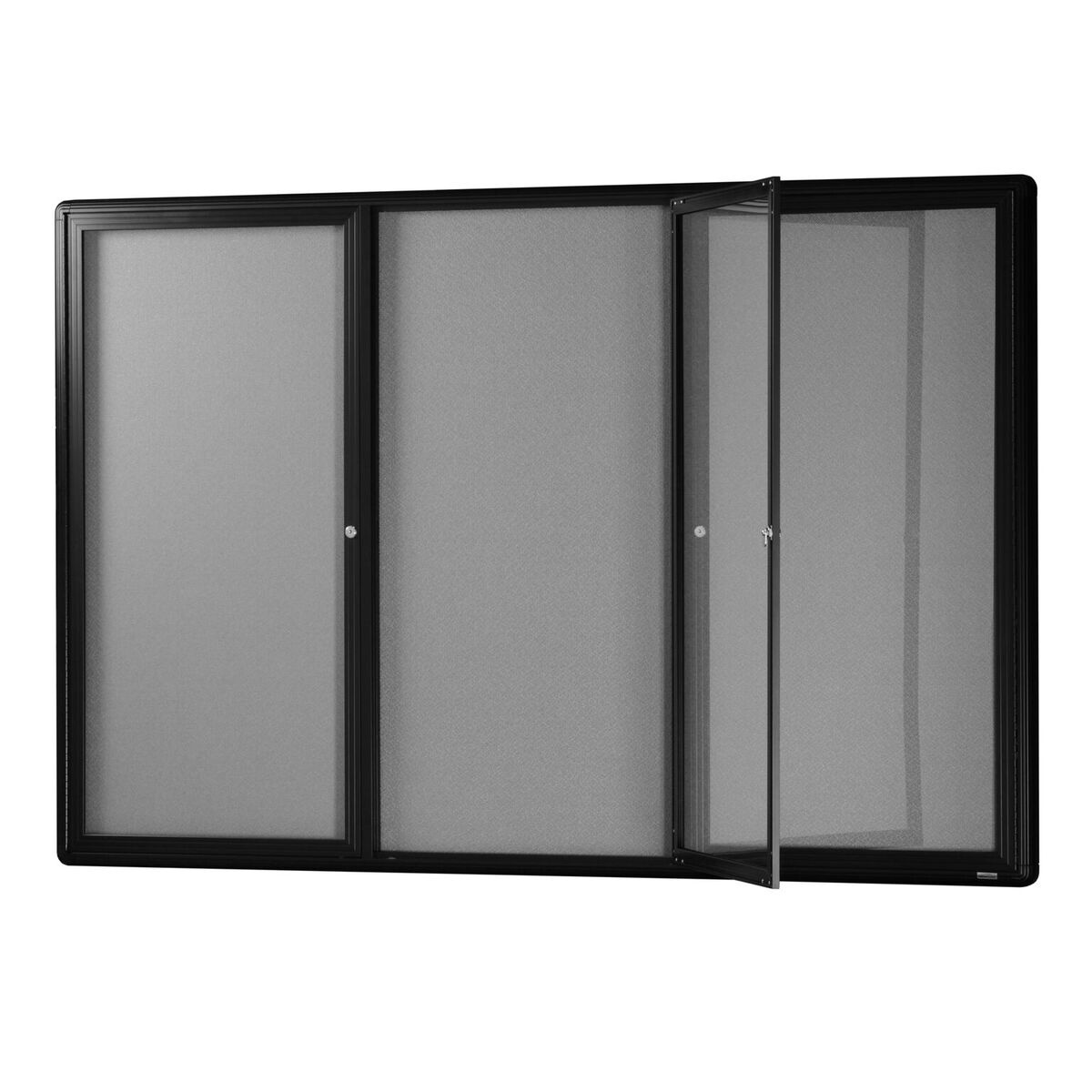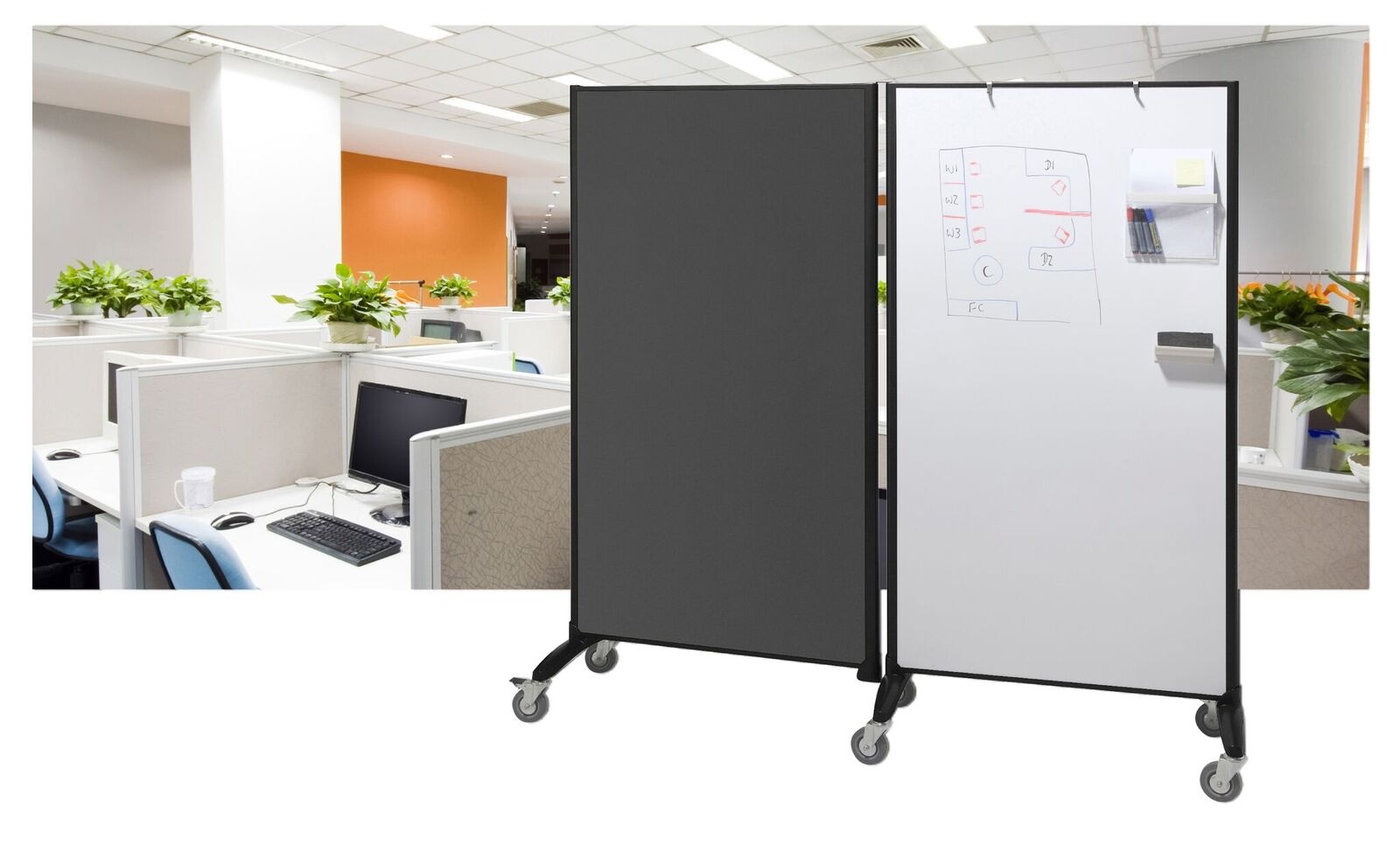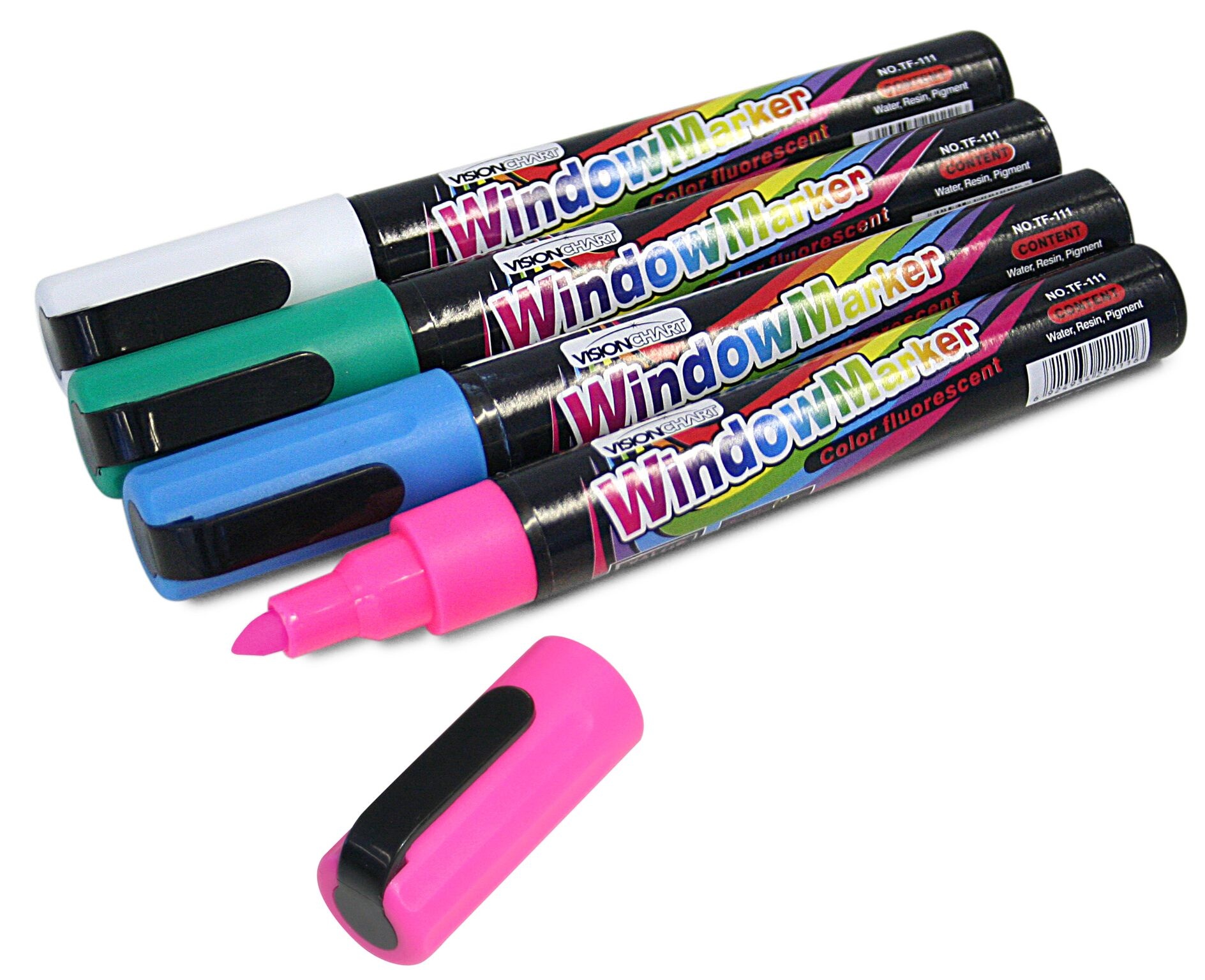Clear glass whiteboards, fixtures, and walls: how glass is applied in interior design
Glass has been a mainstay of interior design for over 100 years. There are good reasons for that. Glass is elegant, versatile and very tough. Our clear glass whiteboards are proof enough of that. However, aside from windows and whiteboards, glass has many other indoors applications too.
Here’s a primer on glass use in interior design.
It doesn’t stop at clear glass whiteboards
Yes, clear glass whiteboards are a testament to the versatility and superior aesthetics of glass, but they’re only the beginning when it comes to glass application in office design. While most people think of glass as a straightforward material, there are in fact countless varieties of it. Here are some of those variations most commonly applied in interior design.
Eco-friendly glass
Eco-friendly glass is as energy efficient as it is visually pleasing. Eco-friendly glass works to prevent heat from escaping an area during colder months and keeps interiors cool during the warmer ones. This, in turn, reduces the use of heating and air-conditioning - saving you money and preserving the planet’s resources.
Some eco-friendly glass can even decrease the sun’s effects on interior furnishings, preventing fading and protecting colours.
Textured glass
Textured glass is glass that’s been imprinted with a pattern - it is not a stick-on transfer as some people think. This imprinting is done at extremely high temperatures, while the glass is still in its malleable or semi-molten state. Common textures that are imprinted:
- Ribbing
- Pebbling
- Pleating
- Frosting
Textured glass is a great way to add interest to your interior. It’s also great for offices that require a level of privacy while still letting in natural light.
Low-iron glass
Low-iron glass is high-clarity glass made from silica, an oxide of silicon commonly found in nature as quartz. The higher level of iron in typical glass is what results in its classic greenish-blue tint. Remove this iron and the degree of tinting is much reduced - and even entirely absent.
Low-iron glass is sold under a range of brand names, including:
- Starphire
- UltraClear
- UltraWhite
- Krystal Klear
- Diamant
- Optiwhite
- Starlite
Some suitable applications for low-iron glass include whiteboards, display cases, aquariums and, occasionally, windows. Essentially, it matches any use in which clarity is desired. This is why our clear glass whiteboards use Starphire glass.
Acoustic Glass
Acoustic glass is made up of two or more sheets of tempered glass bonded together. The interlayers act to control noise, damping the soundwaves as they travel through the panes of glass.
This type of glass is ideal for use in the doors, windows and walls of particularly busy or privacy-conscious offices. There’s no need to sacrifice privacy for aesthetics.
Stained Glass
Historically, stained glass was coloured by adding special chemicals during the glassmaking process. Nowadays we use a process called body tinting. Body-tinted glass has melted colourants added during manufacture. This is done for both solar-radiation absorption and decorative effects.
Glass throughout history
Naturally occurring glass - caused by volcanoes and lightning strikes - has been around since the formation of planet Earth. Even so, man-made glass is an ancient technology. According to archaeological evidence, the first chunks of artificial glass were probably made in Egypt and Eastern Mesopotamia about 6000 years ago. Some 2000 years later, the first glass pots and bowls were made in the same regions.
Since then, human applications of glass have grown to encompass everything from windows to phone screens to, yep, clear glass whiteboards. As a result, interior design has been heavily influenced by glass technology throughout the ages. Here are some of the highlights.
Italian Baroque interior design
The Baroque period is an artistic style that started around the year 1600 in Rome. It describes a style of heavy ornamentation, grandeur and precise geometry. Great examples of this style still exist today in the churches and cathedrals of Europe.
As for glass: stained glass windows rose to prominence during this period. However, they weren’t the only decor getting the treatment. Stained glass was used in everything from furniture to mirrors to bowls.
Bauhaus and International Style
Founded by Walter Gropius in 1919, the Bauhaus School of Design gave rise to what would become known as the International Style.
The International Style is an approach to design that prioritises usefulness over looks. It’s particularly notable in modern architecture. The “traditional” commercial block with glass exterior walls didn’t even exist until 1935 with the unveiling of the Glaspaleis Department Store in the Netherlands (which looks shockingly contemporary even today).
The International Style dictates that whatever materials are used, they must be the best material for the job. The versatility of glass made it a star of the International Style. The style also dictates that materials be used without artifice. The viewer should be able to tell when an object or fixture is glass.
Art Deco and Modernism
Art Deco and Modernism appeared in the first few years of the 20th Century (somewhat setting the stage for Bauhuas). As a global movement, it sought new alignment with the values and experiences of modern industrial life. The idea was to use new techniques and materials to create works that reflected the hopes and realities of technological progress.
As an interior design practice, Modernism embraces clean lines, a simple colour palette and the uses of base materials. Those base materials? Glass, chrome, stone and concrete.
This is how glass became synonymous with “modern” even though it is among the oldest artificial materials. Present-day modernism also encourages eco-friendly design – another approach in which glass is an ideal material.
The rise of glass in modern interior design
Glass is super versatile. It’s strong, attractive and lends a sophisticated air to office interiors. There’s a reason the best whiteboards available are glass boards. Yet quality is only one cog in a bigger machine driving the rise of glass in office interiors. So, what makes glass so appealing to architects, designers and company owners?
The illusion of space
Offices are getting smaller. As employers become more savvy to the benefits of flexible work hours and hot desking, the average square-metre per employee has been shrinking. And, as offices become cosier, we’re naturally looking to ways to keep our surroundings from edging into “cramped”. Glass interiors - walls, fixtures, and furniture - extend sightlines, making every enclosed square-metre feel bigger.
Glass technology is progressing
Our ability to manufacture large pieces of glass more cheaply has meant fewer limitations upon the application of glass walls and fixtures. Apple Park in California features panels of glass longer than city buses, meanwhile Philadephia’s Dilworth Plaza has structures made entirely of glass laminate seven layers thick. This increased versatility has seen glass in interior design boom in a big way. Essentially, designers are able to make even their wildest ideas into a transparent reality. Note the sudden surge in all-glass staircases.
A focus on eco-friendly design
The effects of global warming are starting to be felt. As a result, interior design is pushing towards greener manufacturing and building. Glass, particularly eco-friendly insulated glass, is an ideal way to reduce your emissions and pull down your energy bills.
The eco benefits of glass are two-fold:
- Eco-friendly glass serves to better insulate a room, resulting in less reliance on cooling and heating
- Glass captures natural lighting, resulting in less use of electricity overall.
Glass is also incredibly long-lasting and durable. It’s why our clear glass whiteboards come with a lifetime warranty – ensuring less waste produced as a result of worn or broken products.
Clear glass whiteboards in interior design
Among all of these amazing new applications for glass, your office equipment is no slouch. This is where Whiteboards Online comes in.
Each model in our wide range of clear glass whiteboards is simply the highest quality, most durable and most versatile available. Choose one and it will become a part of the modern style of your office interior.
